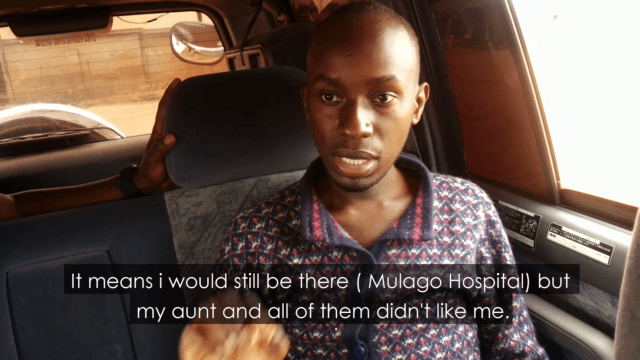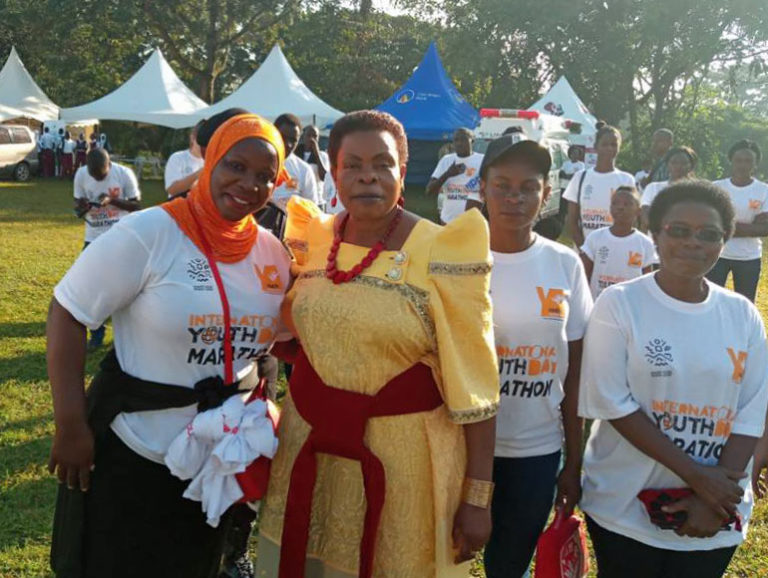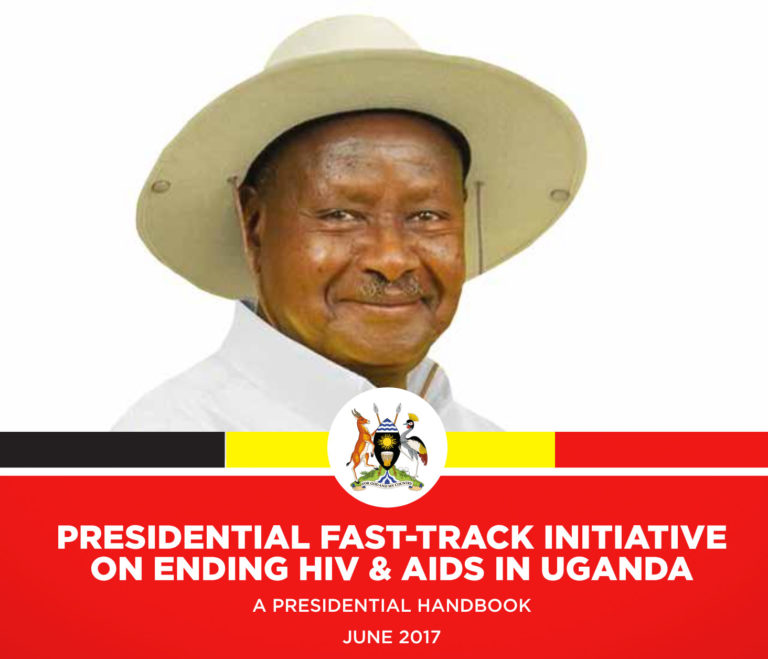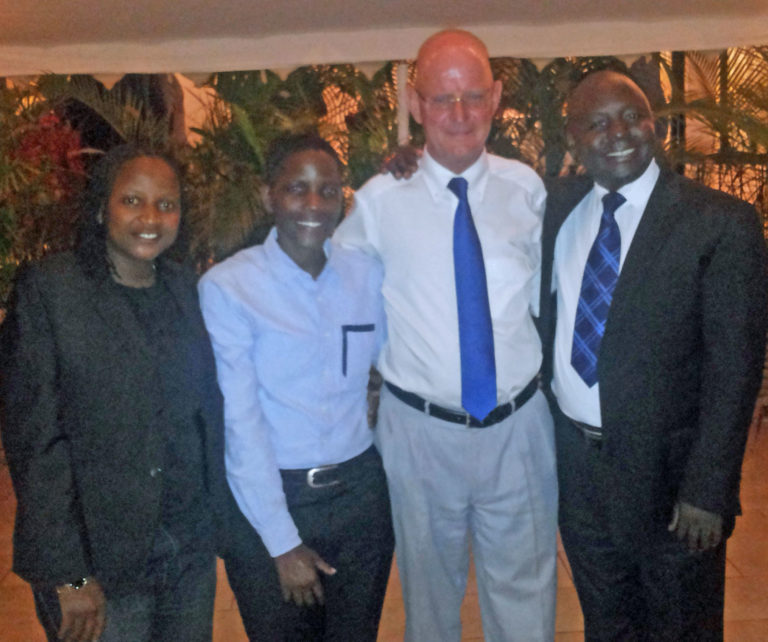Documentary shows health obstacles facing LGBT Ugandans
Kikonyogo Kivumbi is the executive director of the Uganda Health…
Gay rights activists in Uganda have launched a new documentary on the lived realities that LGBT Ugandans face as they confront obstacles in accessing health care in public medical health facilities.

By Kikonyogo Kivumbi
The documentary “Beyond Inclusion: The Lived Realities of Ugandan LGBTI in Access to Public Healthcare” is being screened throughout Uganda to coincide with 10 years of advocacy for the right to health by the LGBTI and sex workers advocacy organization Uganda Health and Science Press Association (UhspaUganda).

The film premiered early this year. Now it will be screened in five Ugandan towns to draw attention to the extent that the LGBTI community is left behind with regard to health care, said Aisha Nalubega, the documentary’s executive producer and an UhspaUganda leader for the Right Here Right Now (RHRN Uganda) project.
The film features activists from the LGBT community and HIV human rights organizations describing the need for urgency in tackling HIV/AIDS and Sexually Transmitted Infections in the LGBTI community. They say that, while the government has provided some support for LGBTI Ugandans’ access to health care, much more needs to be done to reduce infections among LGBTI people.
“Whatever affects women affects me,” said, Joanita Senfuka, the executive director of Freedom and Roam Uganda, a lesbian, bisexual, and queer (LBQ) women advocacy organization in Uganda.
She noted that LBQ people in Uganda are not considered to be among the country’s most at-risk populations (MARPS) and so are not part of the key population health programming for those highly predisposed to HIV infection.
“Before I am a lesbian, I am branded as a woman by society. Lesbians are not being helped to reduce HIV infection in their communities. The focus is always on MSM (men who have sex with men),” she said.
Uganda needs to go beyond just including MSM in the National HIV and AIDS Strategic Plan 2015/2015-2019/2020, Senfuka said. Efforts must be done to address health and prevention needs of “everyone not to be left behind,” she said.
Prince Rihana, a transwoman and executive director of Hands for a Rescue, said that, although some public health facilities are friendly to LGBTI Ugandans, more needs to be done to sensitise health care providers about transgender persons’ rights.
“Sometimes there is bullying in health centres. You go there and get asked whether you are a man or woman. In some cases a health worker may call other staff from the ward to come and see. They look at you as a weird person,” Rihana said.
But Shawn, a transgender person, said there is also a need to sensitise and empower the long-traumatised LGBTI community about the importance of positive health-seeking behavior.
“Public health care discrimination for queer people also has to do with economic disempowerment,” observed Godiva Akullo, a queer feminist activist. “People treat poor people badly. The discrimination for queer people also has to do with poverty.”
At the policy level
Currently, Uganda Aids Commission has contracted a consultant to develop a draft for the new MARPS Action Plan to update the existing policy framework for intervening to reduce HIV/AIDS in the LGBTI community. An official speaking on condition of anonymity said the commission will consult with the Uganda Key Population Consortium about the the plan starting in mid-November.
The National HIV and Aids Strategy is also being updated. Consultations about it will be held from December 2019 to March 2020 before it is rolled out.


The “Beyond Inclusion” documentary was produced with support from the Dutch government through the Right Here Right Now platform, a consortium of 14 human rights organizations focusing on sexual and reproductive health and rights in Uganda. That initiative is hosted by Reproductive Health Uganda (RHU).
Kikonyogo Kivumbi, the author of this article, is the executive director of the Uganda Health and Science Press Association.




How might I be able to view the film?
It’s coming soon to YouTube. We’ll publish the link.
Here’s the link to the film, which is now on YouTube:
https://www.youtube.com/watch?v=nueZ5S7BI2c